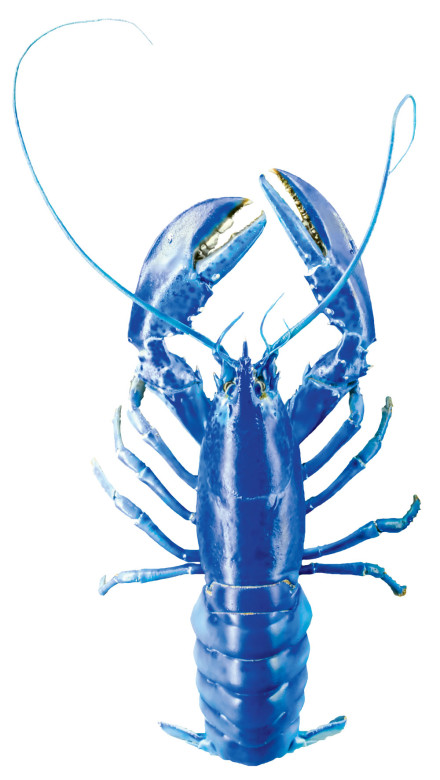History
12 Fascinating Lobster Facts
Did you know that 1 in 2 million lobsters are blue? Learn more strange but true facts about the lobster, a creature as fascinating as it is delicious.

Coffee By Design | Portland, Maine
Photo Credit : Katherine KeenanSHELL SHOCKERS Strange-but-true lobster facts
- Though most lobsters are either blue-black or greenish-brown, genetic and environmental factors can create some showstopping variations. These include: blue (1 in 2 million lobsters); bright red (1 in 10 million); yellow (1 in 30 million); two-colored (1 in 50 million); and albino, aka “crystal lobsters” (1 in 100 million).
- A lobster’s brain is located in its throat, its nervous system in its abdomen, its heart on its back, its teeth in its stomach, and its kidneys in its head.
- Lobster blood is rich in copper, but it’s colorless until it is exposed to oxygen—at which point it turns blue. (And when cooked, it turns white.)
- The best way to tell the age of a lobster is to dissect it and count the rings in the eyestalk or the gastric mill (part of the stomach), much as you’d count rings in a tree stump.
- Lobsters are capable of reflex amputation, meaning that they can discard a limb to escape. They also can grow back their legs, claws, and antennae.
- Of the 10,000 or so eggs a female may release at a time, only .01 percent will survive past four weeks of life.
- A lobster typically molts, or sheds its shell, about 25 times in the first five years. After that, molting occurs annually, then once every few years, then gradually less frequently.
- Each time a lobster molts, it increases its size by about 15 percent to 20 percent.
- Lobsters often devour their own shells after they molt, which replenishes calcium and speeds the hardening of the new shell.
- A just-molted lobster is so delicate that if you lifted it from the water, its claws would likely fall off.
- Covered from head to tail with chemical receptors, lobsters can smell and/or taste across virtually every portion of their bodies.
- Lobsters pee out of their faces—specifically, from glands located right under their eyes. Squirting urine at each other is part of both lobster combat and courtship.






Very interesting and fun
At one time in Maine, lobster was considered “poor man’s food” because the only folks who ate it were the ones who couldn’t afford more-expensive baked beans. The Maine Legislature passed a law that prisoners at the Maine State Prison could not be served lobster more than twice a week because to do so was considered “cruel and unusual punishment.”
Lots I didn’t know. Tx